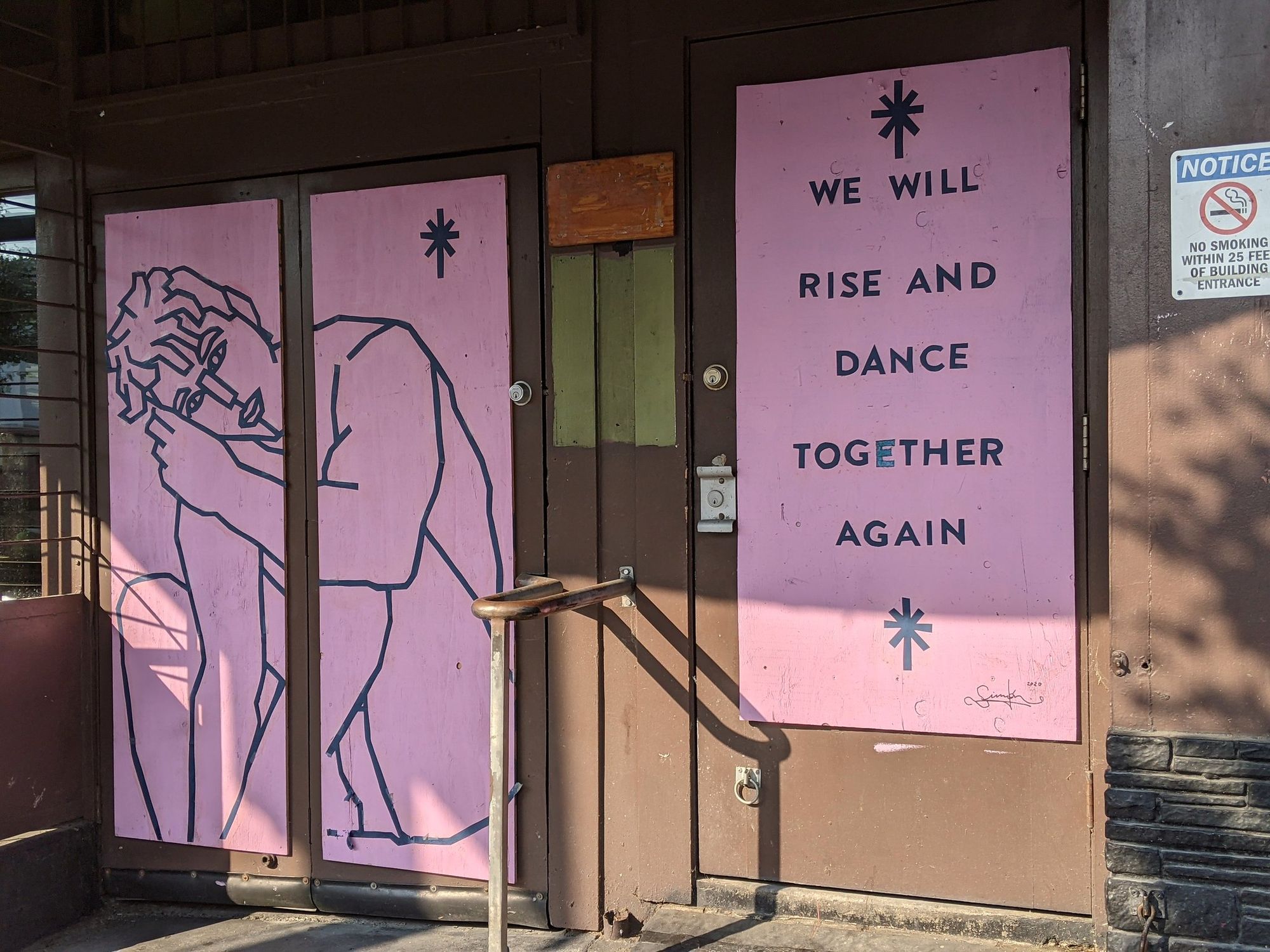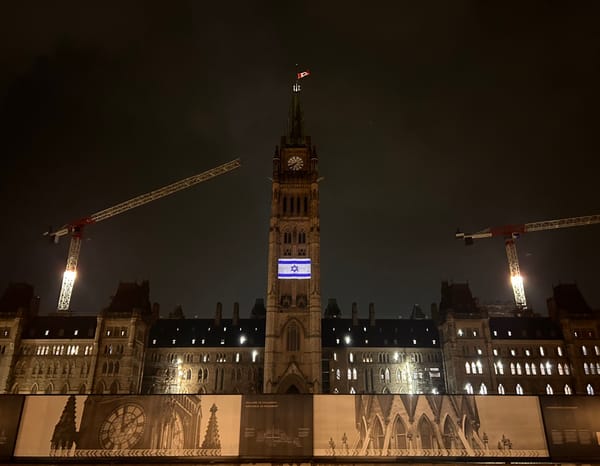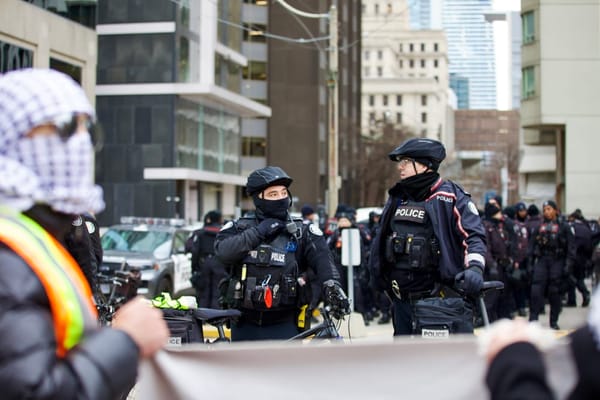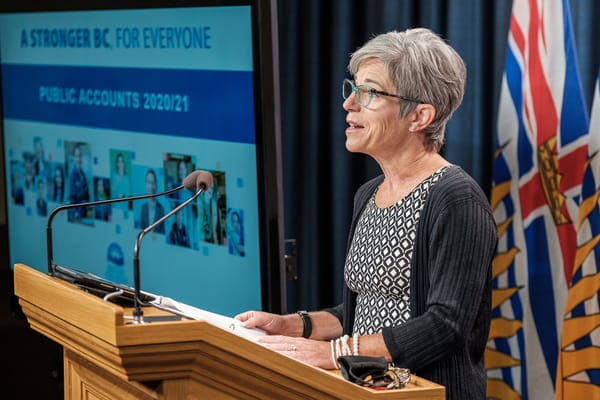A year ago today, I sat down for my last indoor meal at a restaurant. I had a vague idea it was going to be my last time out for a while, but wow.
The great tragedy is that whenever I walk back into that restaurant to sit down and eat, I will be walking into a world largely the same as the one I left.
For a brief moment at the start, after the lockdowns bit hard, it seemed like we might be on the cusp of something really transformational. A crisis unlike anything we’d ever seen — barring a handful of people in their hundreds — was sweeping the globe, and might just have been sweeping away the old world with it, too.
This was, of course, folly. But it did give a bit of hope to some pretty dark days. Maybe something good would come out of the awfulness.
Instead, the world reasserted itself pretty quickly. The spirit of, ‘We’re all in this together’ was merely a cynical cover for policies that would let certain people suffer to keep the world together for the rest of us.
Sure, some grocery stores gave their workers temporary wage boosts during the first wave, but those vanished, never to return despite the resurgence of the virus. In the unseen parts of the economy, people were given little more than opportunities to get infected.
One of the worst examples of this was in the Cargill meatpacking plant in High River, Alta. Nearly half of the 2,200 employees there were infected, and three died. One of the deaths has been referred to the RCMP to investigate whether it was criminal, and a class-action lawsuit has been filed alleging the plant didn’t follow reasonable health measures until it was too late.
Throughout the country, migrant farm workers were brought in as usual and kept in the same squalor the farmers — our hero farmers! — had always put them in. By the time summer was coming around, huge outbreaks were happening in Southern Ontario farms.
And of course, there were the thousands of people dying in long-term care homes, particularly in Ontario and Quebec. Out of the more than 22,000 COVID-19 deaths in Canada thus far, at least 16,000 have been residential facilities, and a third of those in for-profit care homes, according to figures compiled by Passage columnist Nora Loreto.
There were also grave errors in the early days. Probably most consequential was the decision in Quebec to let nursing home staff work in multiple facilities. In British Columbia, they decided early on to ban this practice, and fewer than 900 people have died in residential care there, while Quebec has suffered almost 8,500 deaths.
And just this week, Statistics Canada made official what has been clear for some time now: people who aren’t white have been far more likely to die from COVID-19 than white people.
The death rate for 2020 in neighbourhoods with a population made up of more than one-quarter “visible minorities” — StatsCan’s category for anyone who is not white or Indigenous — was nearly double that of neighbourhoods where less than 1 per cent of the population was classified as visible minority.
Racialized people in the country also reported higher unemployment rates and financial stress levels to StatsCan last year.
Ah, but the government stepped in to help with giant piles of money, right?
The Canada Emergency Response Benefit (CERB) gave people unable to work money with minimal strings attached so they could live while the world collapsed around them. It was perhaps the most hopeful part of the government’s response to the pandemic.
The sustained pushback against it, however, has been something to behold. Cries of how it was encouraging people to stay home instead of going back to work have been almost continuous, starting right from last spring. As if a society where giving people the functional equivalent of a full-time minimum wage salary was somehow overgenerous.
When the government made an error by telling a whole swath of self-employed people they were eligible for the CERB before updating the rules and demanding repayment, it took months before they decided to do the right thing and not ask them to pay it back.
The story has been very different for corporations. There are plenty of revolting examples, but the case of Bell is probably the most galling. Given some $120 million in wage subsidies by the government, money intended to prevent job losses, Bell handed out millions of dollars in dividends, raked in almost $900 million in profit in just the latest quarter and then turned around and fired hundreds of its media employees across the country a week after making them shill for the corporation’s mental health PR exercise.
Instead of chasing down Bell executives looking to get all that public money back, or denouncing the company for its stockholder largesse and indifference to its workers, the federal government shrugged. Chasing down individuals for a few months over a few thousand dollars, but not bothering to even object to what was essentially a massive public transfer of money to shareholders: this decision ties the underlying ethos of the Canadian project and its pandemic response in a neat little bow.
What this last year has shown us with brutal clarity is how stacked things are toward money and power in our country. There’s no escaping that fact now. Canadian society is designed to work for those at the very top, and it’s laid bare for everyone to see.
And yet, I can’t quite help but be optimistic. Maybe it’s just because it’s warm today, and this endless winter might actually be ending, but I think there’s reason to look to the future with something approaching hope. Maybe that better world is possible, after all.







Member discussion